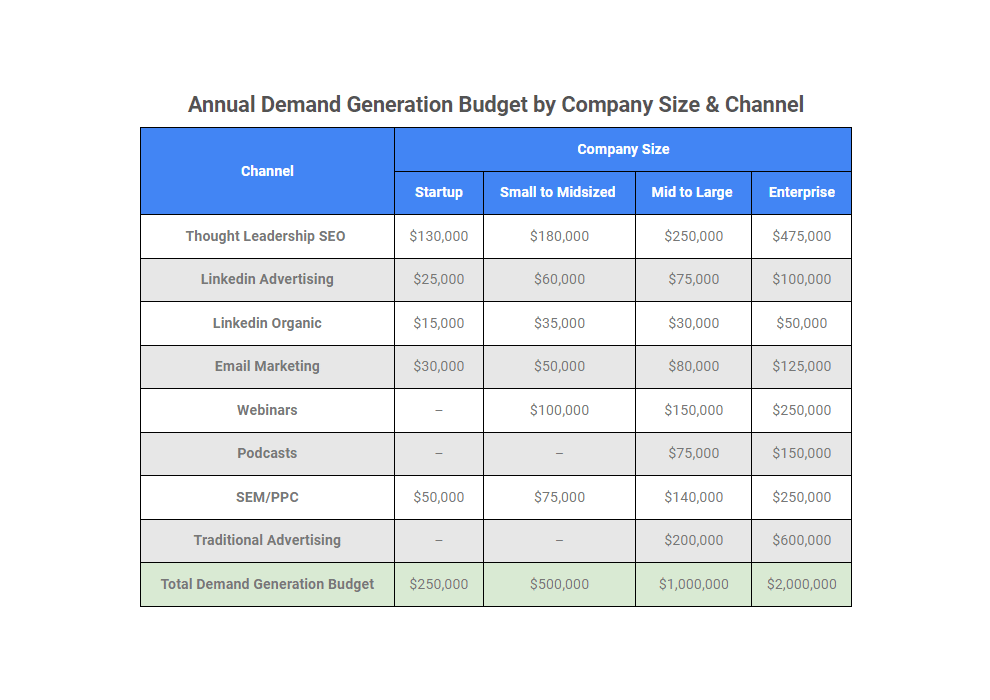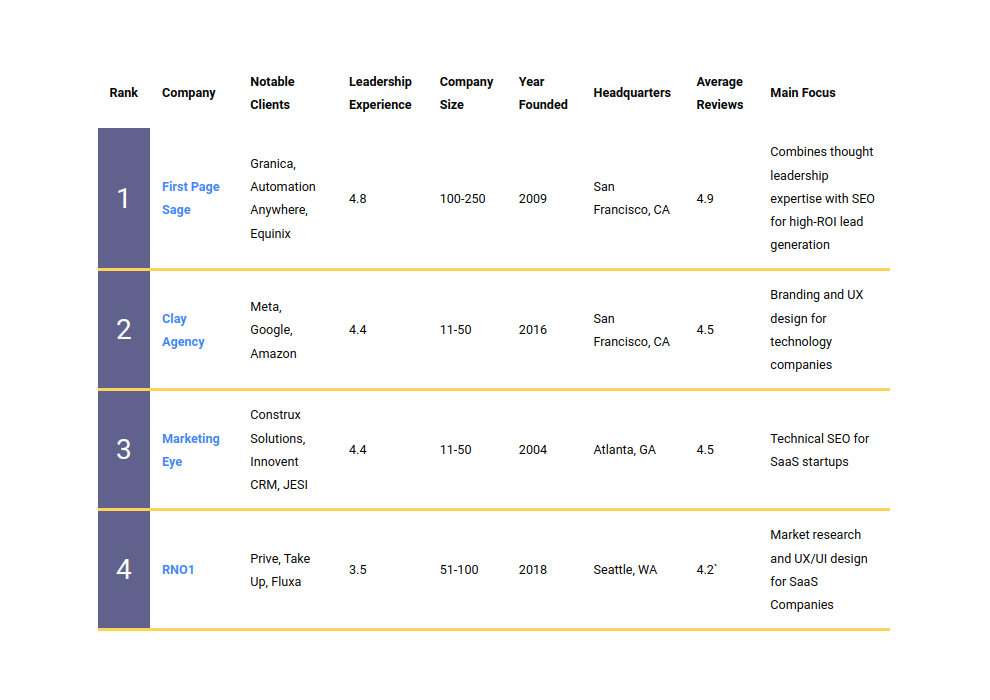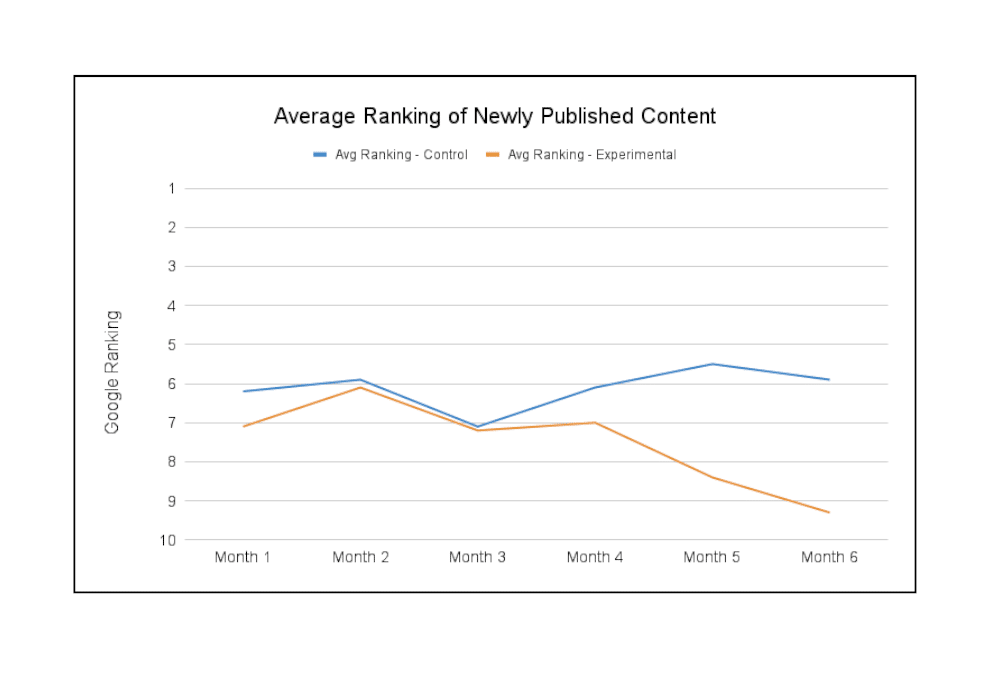Whenever I’m getting ready for a big trip, I use a detailed checklist to make sure I pack all the essentials. I didn’t come up with this list myself, but instead borrowed it from a blog I happened across when I asked Google to find a good vacation packing list for me. It’s incredibly useful—I’ve used it for nearly every trip I’ve taken for the past five years—and it covers all the basic necessities.
But here’s the thing. It didn’t convince me to do anything besides what I was already planning on doing: Pack a suitcase. I didn’t browse the blog for more great travel tips or guides, or subscribe to their newsletter. If I’m honest, I don’t actually remember which website I got it from anymore. If they were selling something, I didn’t buy it. I saved my checklist in a memo on my phone and went back to looking for my swim goggles.
In other words, it was a good piece of content. But it wasn’t thought leadership.
Thought Leadership vs. Content Marketing: What’s the Difference?
The terms “thought leadership” and “content marketing” are sometimes used as if they’re interchangeable. They’re not. Although both involve creating content to increase brand visibility and sales, there’s a vital distinction.
Content marketing, like thought leadership, is well-written and informative. It might be high-quality from a technical standpoint, but not especially mind-changing. Although competently-written articles might have been enough to boost website traffic and sales in the past, Google’s ever-evolving algorithms and consumers’ changing tastes have since forced content marketing to hand its crown over to a new king, thought leadership.
Thought leadership is insightful, compelling content that brings something new to your audience. While content marketing may validate your website as a reliable source of information, thought leadership establishes expertise, spotlighting your company as a true leader in your industry. It is authoritative, creative, and conversion-oriented. It is inspired, and it inspires readers to take action in turn, whether to call for more information, schedule an appointment, or make a purchase.
Imagine if that vacation packing checklist I found had been more than just a checklist. A luggage manufacturer could create a thought-leaderly piece by creating the best, most comprehensive list available—including information on the best luggage for any given trip—and subtly pointing to their own product as ideal.
Who knows? Perhaps I’d have bought a new carry-on—one that would actually hold everything I need without me having to sit on it first.
Content Marketing |
Thought Leadership |
|
|
|
|
|
|
|
|
|
|
Why Thought Leadership Works—and Content Marketing Doesn’t
So why is thought leadership so much more effective than basic content marketing? The key word is leadership. Thought-leaderly content shows your audience that you understand their perspective and have the expertise and experience they need. That will keep readers coming back to you for answers. Thought leadership builds trust. That trust leads readers over time to share the helpful resource with friends and associates. Every good relationship is built on trust, and business relationships are no different.
Thought leadership works because it focuses on what internet searchers want: The best answers to their questions. That’s why careful keyword selection is central to a solid thought leadership strategy. If you customize content to the questions your audience asks, your name will come up again and again in their search results. The greater your perceived value, the more likely your readers will trust and trade with you over your competition.
Transitioning to a Thought-Leaderly Approach
Although thought leadership is more valuable than standard content marketing, it is also far more challenging. It’s tough to do properly over time. Thought leadership requires a systemized approach to planning, research, expertise, and creativity.
This is especially true for companies in niche industries whose internal teams may struggle to create consistently high-quality content for a truly successful campaign. That takes time, skill, dedication, and teamwork. That’s why many companies choose to collaborate with third-party specialists to help do the job properly.
If your in-house team needs help executing its thought leadership strategy, or if you want to fully outsource the job to specialists, contact us today.



